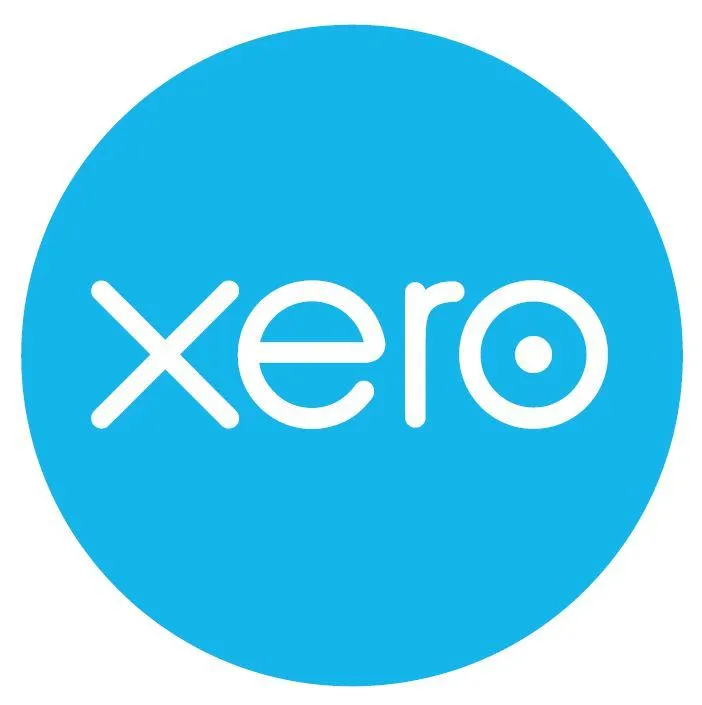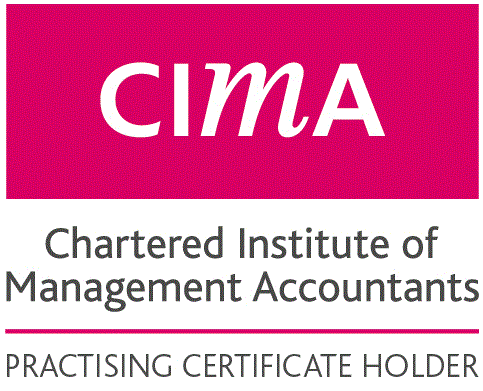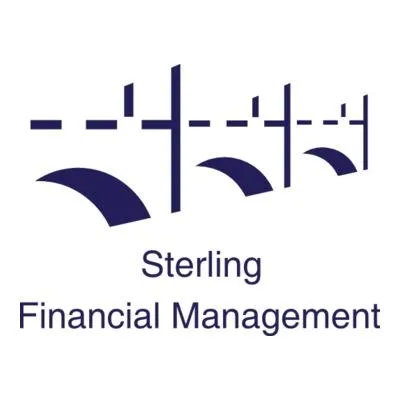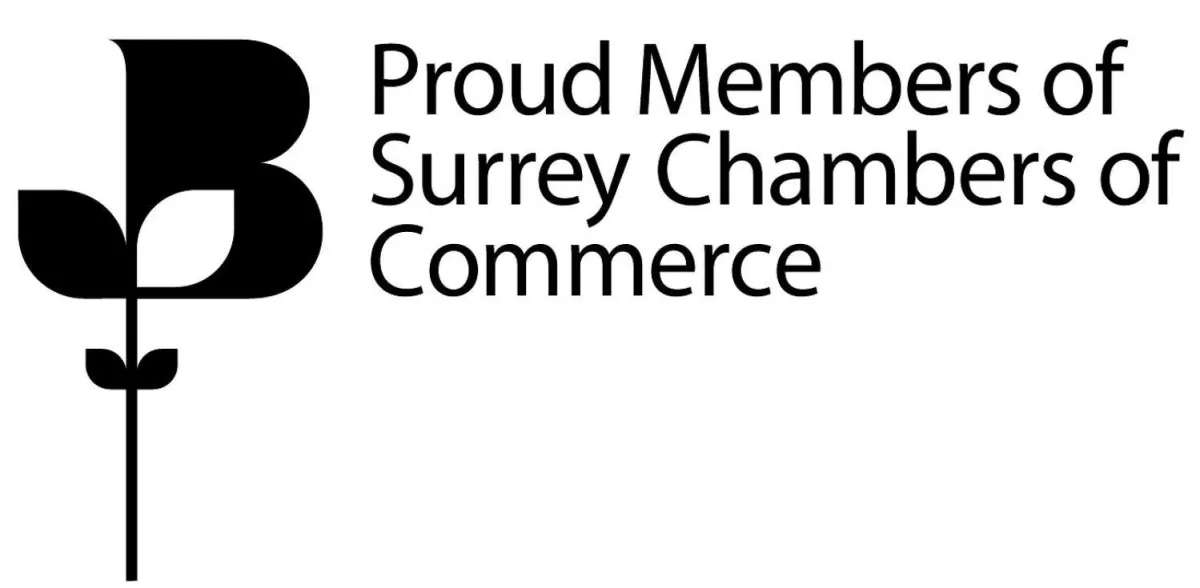

MTD for Self-Assessment: What It Means and How to Prepare for the 2026 Deadline
There’s a big shift on the horizon for self-employed business owners and landlords across the UK - one that’s going to impact how you report your income to HMRC every single year. It’s called MTD for Self-Assessment, and while it’s not here just yet, it’s coming soon enough that smart business owners should be preparing now.
If the term “Making Tax Digital” has left you scratching your head or panicking about spreadsheets and deadlines, you’re not alone. But this blog is here to help. We'll explain what MTD for self-assessment is, who it affects, when it starts, and - most importantly - what steps you should be taking to avoid scrambling last minute.
Let’s make this as painless and practical as possible for you!
1. What Is MTD for Self-Assessment?
Let’s start with the basics. MTD for Self-Assessment (officially called Making Tax Digital for Income Tax Self-Assessment, or MTD for ITSA) is HMRC’s plan to make the self-assessment process fully digital. This means no more saving everything for January, no more paper records, and no more annual tax returns in the format you’re used to.
Instead, if you're self-employed or a landlord earning over a certain threshold, you’ll need to:
Keep digital records of your income and expenses
Use MTD-compatible software to log those records
Send HMRC updates every quarter (instead of one annual return)
Submit a final year-end declaration to tie it all together
The goal? Better accuracy, fewer errors, and (eventually) a clearer picture of your tax in real-time.
This is a major shift in how small businesses and individuals interact with HMRC - so knowing what’s coming and getting ahead of it will put you at a serious advantage.
2. Who Does MTD for Self-Assessment Apply To?
Not everyone will be affected - at least not right away. Here's the current scope:
✅ If you’re self-employed (sole trader) or a UK landlord, and your combined income from those sources is over £50,000 per year, you’ll need to join MTD for self-assessment from 6 April 2026.
✅ If your income is between £30,000 and £50,000, you’ll follow from April 2027.
❌ If you earn under £30,000, there’s no firm date yet - HMRC has said they’ll review the rollout for this group in the future.
Also worth noting:
This applies per individual, not per business. So if you have two businesses or a mix of property and self-employment, your combined income is what counts.
Partnerships and companies aren’t included in MTD for self-assessment yet - but they will be in the future.
So if you’re a sole trader hairdresser making £55k, or a landlord earning £35k from property and £20k from a side hustle - you’re in.
3. What Will You Actually Need to Do Differently?
Let’s break down the new process under MTD for self-assessment, compared to what you might be used to.
Current System:
Keep records (possibly on spreadsheets or paper)
Submit one annual Self Assessment tax return by 31 January
Pay any tax due by the same deadline
Under MTD for Self-Assessment:
Keep digital records using compatible accounting software
Submit quarterly updates to HMRC (every 3 months)
Submit a final end-of-year statement to confirm all figures and make adjustments
Still pay your tax by 31 January as usual
Here’s how the reporting will look:
Period
Quarterly Deadline
6 April – 5 July
5 August
6 July – 5 October
5 November
6 October – 5 January
5 February
6 January – 5 April
5 May
This means five submissions per year - four quarterly and one final declaration.
Important: If you're using spreadsheets right now, you’ll need to either switch to compatible software (like QuickBooks, Xero, FreeAgent) or use a bridging tool that connects your spreadsheet to HMRC's system.
4. How to Prepare for MTD for Self-Assessment (Now)
You don’t need to wait until 2026 to get your ducks in a row. In fact, preparing early will save you a whole lot of stress - and possibly even help you run your business better in the meantime.
Here’s what you can start doing today:
✅ Step 1: Know Your Threshold
First, confirm your total income from self-employment and/or UK property. If it’s over £50k, you’re in the first rollout group.
If you're under £30k, you’re safe for now - but it’s still smart to adopt digital tools early.
✅ Step 2: Move to MTD-Ready Software
Ditch the spreadsheets and choose a platform like:
Xero
QuickBooks
FreeAgent
Sage Business Cloud
These tools don’t just help with MTD - they’ll streamline your invoicing, expense tracking, and cash flow visibility.
Some even offer mobile apps so you can snap receipts and log expenses on the go.
Pro tip: If you’re working with a bookkeeper or accountant, ask them what they recommend or already use.
✅ Step 3: Get Into the Habit of Quarterly Reporting
Even if you’re not submitting quarterly updates yet, start pretending you are.
Log your income and expenses monthly (or even weekly), and run quarterly reports. This will help you:
Spot issues early
Avoid surprise tax bills
Understand seasonal ups and downs
Get comfortable with the MTD rhythm
✅ Step 4: Talk to Your Accountant
Ask them:
How MTD for self-assessment will change your tax return process
What software or systems they recommend
Whether they’ll handle quarterly submissions for you or show you how to do it
Many accountants are already preparing clients for this change - and those conversations can be invaluable.
5. Common Questions About MTD for Self-Assessment
Let’s answer a few FAQs that small business owners keep asking:
❓ Can I still use spreadsheets?
Technically, yes - but only if they’re connected to HMRC using bridging software. This adds complexity and may not be future-proof, so full software is usually better.
❓ What if I miss a quarterly deadline?
Late submissions could lead to penalties - though HMRC is expected to offer a “soft landing” period in the early stages. Still, better to build good habits now.
❓ Will this increase my tax bill?
Not directly. You’ll still pay once a year. But reporting more regularly means fewer surprises - and less temptation to fudge or forget transactions.
❓ Is this just more admin?
It might feel like it at first, but it’s really about improving accuracy and cash flow management. Plus, with the right software, it can all become pretty seamless.
Yes, MTD for self-assessment adds a new structure to the way you report tax. But this doesn’t have to be a negative thing.
Think of it as an opportunity to:
Get better visibility over your finances
Ditch the January tax scramble
Make smarter decisions with real-time data
Automate time-wasting tasks you’ve probably been doing manually for years
The key is to start now - not when HMRC starts knocking.
✅ Set up your software
✅ Build new habits
✅ Speak to your accountant
✅ Learn the new rhythm of quarterly submissions
The businesses that prepare early won’t just avoid penalties - they’ll be more organised, less stressed, and in a much stronger position for growth.

FREE DOWNLOADS
A-Z of allowable business expenses
Download your A-Z guide of allowable business expenses.
Financial Housekeeping For Your Small Business
Download your guide to Financial Housekeeping For Your Small Business - ideal for start ups and early stage businesses
How to Scale Up your Business: Tips and Strategies for Success
Download your guide to How to Scale up your Business - ideal for slightly more established businesses that want to grow and scale their business
Don't want the guide?
But do want our regular email filled with tips and insights into business and how to maximise profit and grow your business?
Click here

Ready to take the stress out of finance?

Not quite ready to commit to a long term contract ? Book a value packed Power Hour for now at £180 Inclusive of VAT.






© 2023 All Rights Reserved | Sterling Financial Management Reg No 9780783,
Accounting, Bookkeeping and Business Advisory in Dorking Surrey RH4 2JF